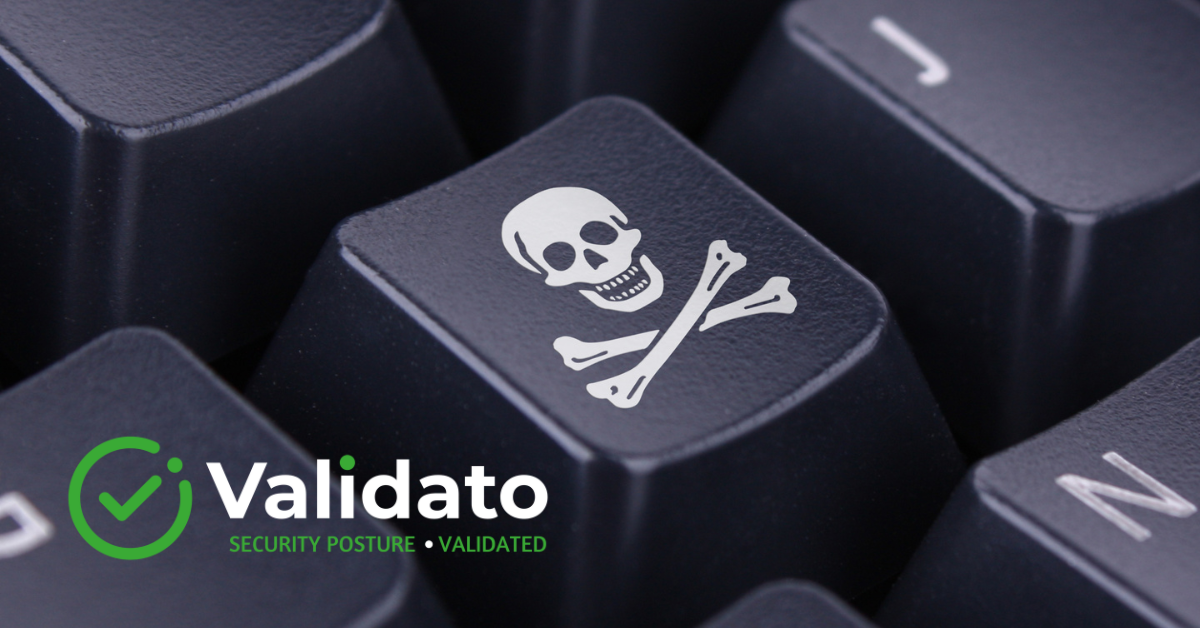Security Posture Validation: Ensuring Your Defences Actually Work
In our current threat landscape, simply having security tools in place is no longer enough. Organisations need to know if their defences actually work against real-world attacks. Security posture validation provides this critical insight—testing your security controls against realistic attack scenarios before attackers get the chance. With mounting regulatory pressures and increasingly sophisticated cyber threats, understanding your true defensive capabilities has never been more important.
Key Takeaway
Security posture validation is transforming how organisations approach cybersecurity by:
- Continuously testing security controls against realistic attack scenarios
- Identifying misconfigurations and excessive privileges before attackers exploit them
- Helping meet compliance requirements like NIS2, DORA, and UK CSRA with evidence-based security
- Reducing cybersecurity costs by prioritising remediation of actual vulnerabilities
- Providing a threat-informed approach based on the MITRE ATT&CK framework
These capabilities enable organisations to move from theoretical to practical security, ensuring defences work as expected against the threats that matter most.
Understanding Security Posture Validation
| Traditional Security Approach | Security Posture Validation |
|---|---|
| Focuses on isolated vulnerabilities | Examines entire security ecosystem |
| Implements tools hoping they work | Continuously tests controls against simulated attacks |
| Based on security assumptions | Based on validation against real-world techniques |
Security posture validation bridges the gap between having security tools and knowing they actually protect against current threats. This approach helps organisations move beyond checkbox compliance to genuine security resilience.
How Does Security Posture Validation Work?
- Define your threat profile – Identify which threat actors and attack types present the greatest risk to your organisation
- Simulate attacks – Safely test these attack techniques against your systems using the MITRE ATT&CK framework
- Identify weaknesses – Discover where controls succeed and fail, revealing weak points in your defences
- Remediate issues – Follow specific guidance to fix identified issues and close security gaps
- Continuous validation – Regularly test your environment against evolving threats
Unlike point-in-time assessments, effective posture validation operates continuously, ensuring your security remains current and effective against evolving threats.
Common Security Gaps Posture Validation Reveals
Security posture validation consistently uncovers several critical weaknesses that traditional approaches often miss:
- Excessive user privileges – Accounts with unnecessary access rights that enable privilege escalation
- Windows misconfigurations – Weak password policies, unnecessary services, and unpatched vulnerabilities
- Linux vulnerabilities – Improper file permissions and open network ports
- Mac environment issues – Outdated software or disabled security features
- Monitoring blind spots – Areas where attacks might proceed undetected despite security tools
These seemingly minor gaps create significant openings for attackers. For example, ransomware operators specifically target privilege escalation opportunities to gain the access needed to encrypt critical systems.
Meeting Compliance Requirements with Validation
| Regulation | How Validation Helps |
|---|---|
| NIS2 | Satisfies requirements for regular testing of security measures across covered industries |
| DORA | Tests resilience against specific threats for financial organisations |
| UK CSRA | Measures real defensive capabilities rather than theoretical protections |
This evidence-based approach reduces compliance risks while actually improving security—addressing the true intent of regulations rather than just their technical requirements.
Cost-effective Security: Validation vs. Breaches
The financial equation is straightforward: investing in validation is significantly less expensive than recovering from a breach. Breach costs typically include:
- Incident response expenses
- Lost productivity
- Potential regulatory fines
- Reputational damage
Validation optimises cybersecurity spending by focusing remediation efforts where they matter most. Rather than addressing every theoretical vulnerability, organisations can prioritise fixing issues proven exploitable in their specific environment.
This practical approach reduces unnecessary spending while improving actual security outcomes and helps security teams justify necessary investments to leadership.
Implementing Validation in Your Organisation
Starting with security posture validation requires a strategic approach:
- Establish clear objectives – Determine specific threats concerning your organisation
- Select appropriate validation solutions – Choose tools that align with your environment (Windows, Linux, Mac)
- Conduct baseline assessment – Understand your current security posture as a starting point
- Develop continuous validation programme – Regularly test controls against evolving threats
- Involve key stakeholders – Ensure both security and IT operations teams participate
For many organisations, validating defences against ransomware techniques provides an excellent starting point given the prevalence and impact of these attacks.
Why MSSPs Benefit from Posture Validation
MSSP Benefits
- Differentiate service offerings
- Demonstrate objective effectiveness
- Test SLAs proactively
- Create tiered service offerings
- Strengthen client relationships
Client Benefits
- Receive independent verification
- Understand security posture clearly
- Demonstrate regulatory compliance
- Target appropriate security improvements
- Gain evidence-based protection
By embracing security posture validation, both organisations and MSSPs can move beyond security assumptions to evidence-based protection, ensuring defences work as expected against the threats that matter most.
If you’re interested in learning more, contact our expert team today.


